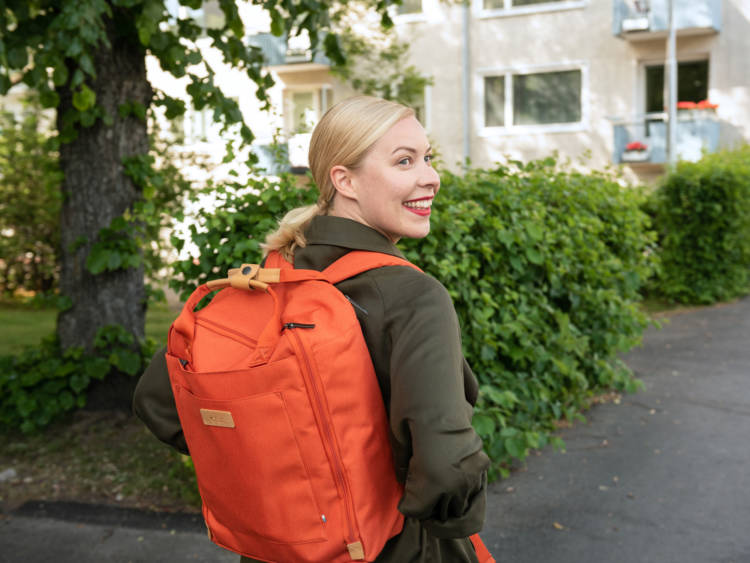Ground rules promote safety in work outside the workplace

The most recent Occupational Safety and Health Panel, which is a questionnaire survey implemented annually by the Finnish Institute of Occupational Health and the Centre for Occupational Safety, focused on both digital and non-digital work outside the workplace.
Digital remote and hybrid work have become increasingly common, but work was being done outside the workplace for a long time before digitalization. Traditional examples of non-digital work outside the workplace include maintenance and repair work as well as home care, which takes place outside the workplace, such as in client companies’ production facilities, clients’ homes or elsewhere.
Differences in support for work outside the workplace
There were differences in support offered to employees in digital and non-digital work. For example, in non-digital work the employer is significantly more likely to procure the tools required for work outside the workplace (non-digital work 72% vs. digital work 55%) and offer support and tips for creating good work methods (non-digital work 45% vs digital work 35%). On the other hand, in the case of digital work, support for maintaining a sense of community and good ergonomics are highlighted.
“The results of the panel calls for workplaces to review their own procedures. According to results of the panel, support for stress management and tips for the creation of good work methods only occur at workplaces sometimes or in special cases. I believe that there is an increasing need for this type of support at workplaces. This is not only a question of individuals or the community, but daily practices of teams and working groups,” says Jarna Savolainen, Development Manager at the Centre for Occupational Safety.
In digital work, the most common occupational safety and health questions include ergonomics, working time, breaks and insurance. On the other hand, in non-digital work, issues that occupational safety and health personnel need to solve include traffic and transport, the safety of client premises and working alone.
Close contact and orientation are needed
Communication between supervisors and team members, good orientation and provision of information, as well as up-to-date instructions and reviewing them, were highlighted most frequently in the responses as the best practices for supporting the safety, health and well-being of employees.
“What is needed is active dialogue, discussion and clarity of work tasks. In non-digital work, it was considered important for supervisors to get acquainted with the conditions of work outside the workplace and the work locations. In digital work, emphasis was put on the importance of shared face-to-face meetings,” says Hanna Uusitalo, Senior Specialist from the Finnish Institute of Occupational Health, summing up the results.
Telephone is still an important means of communication
In non-digital work, occupational safety and health personnel kept in touch with people working outside the workplace especially by phone or with face-to-face discussions at the workplace. With regard to digital remote/hybrid work, a range of digital tools, such as applications like Teams, Zoom and Yammer along with email were mentioned. Occupational safety and health personnel used methods suitable for work outside the workplace to keep in touch with personnel.
The Occupational Safety and Health Panel is a questionnaire survey, implemented annually by the Finnish Institute of Occupational Health and the Centre for Occupational Safety, for occupational safety and health personnel. The panel collects information about the occupational safety and health needs identified in workplaces and the impacts societal phenomena have on everyday work. The most recent survey was carried out in November–December 2022. The survey was sent to the occupational safety representatives and managers collected from the Occupational Safety and Health Personnel Register, of whom 545 persons responded. The panel provides information about the current themes in work life. This time, the changing theme was Work outside the workplace and occupational safety and health.
Further information
Senior Specialist Hanna Uusitalo, the Finnish Institute of Occupational Health, tel. +358 (0)43 824 0034, hanna.uusitalo[at]ttl.fi
Senior Specialist Minna Toivanen, Finnish Institute of Occupational Health, tel. +358 (0)43 824 4506 minna.toivanen@ttl.fi

See also
Results of the Occupational Safety and Health Panel at the data and analysis pages of the Work-Life Knowledge service:
Occupational Safety and Health Panel and work outside the workplace | Work-Life Knowledge | www.tyoelamatieto.fi